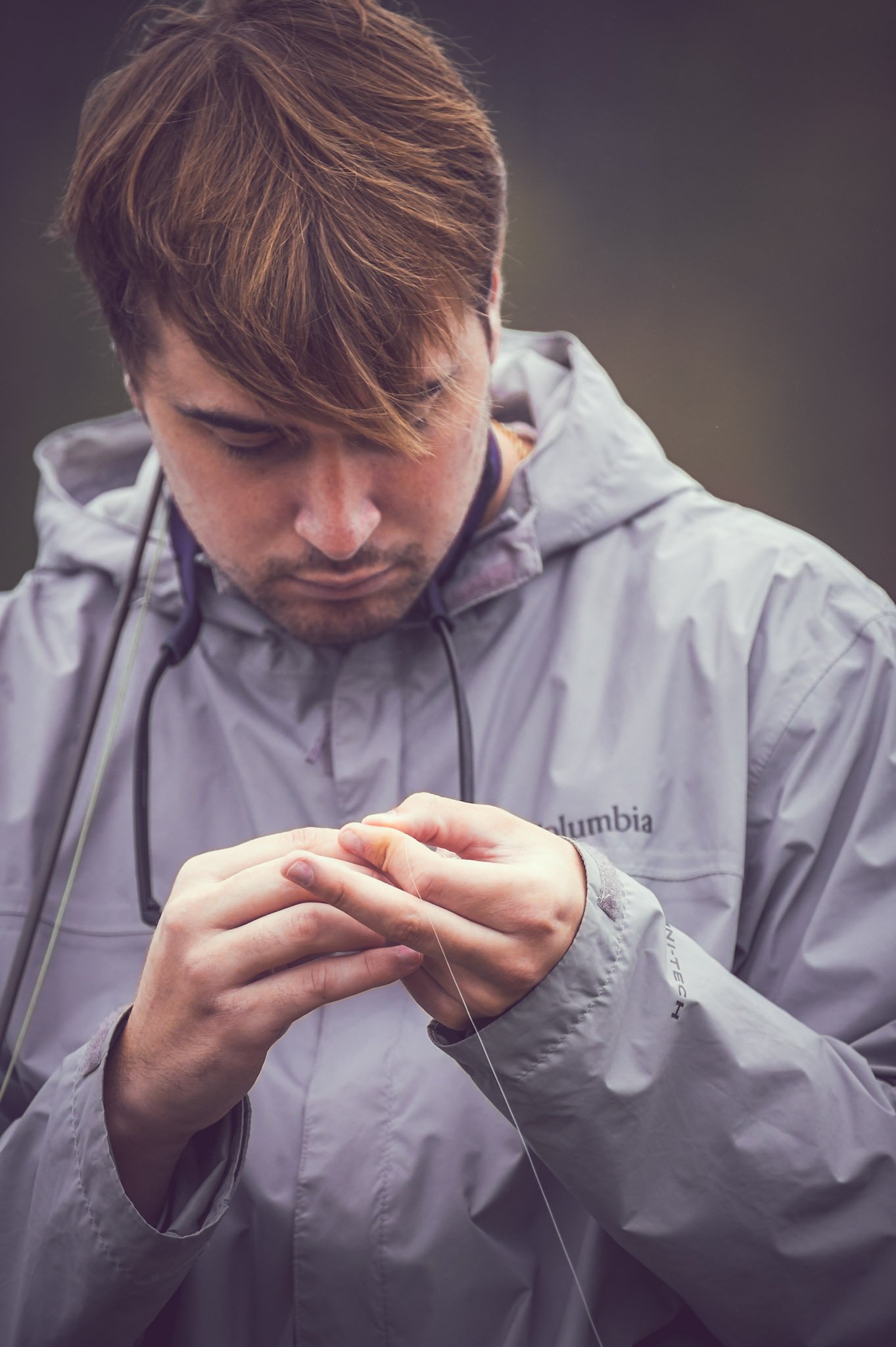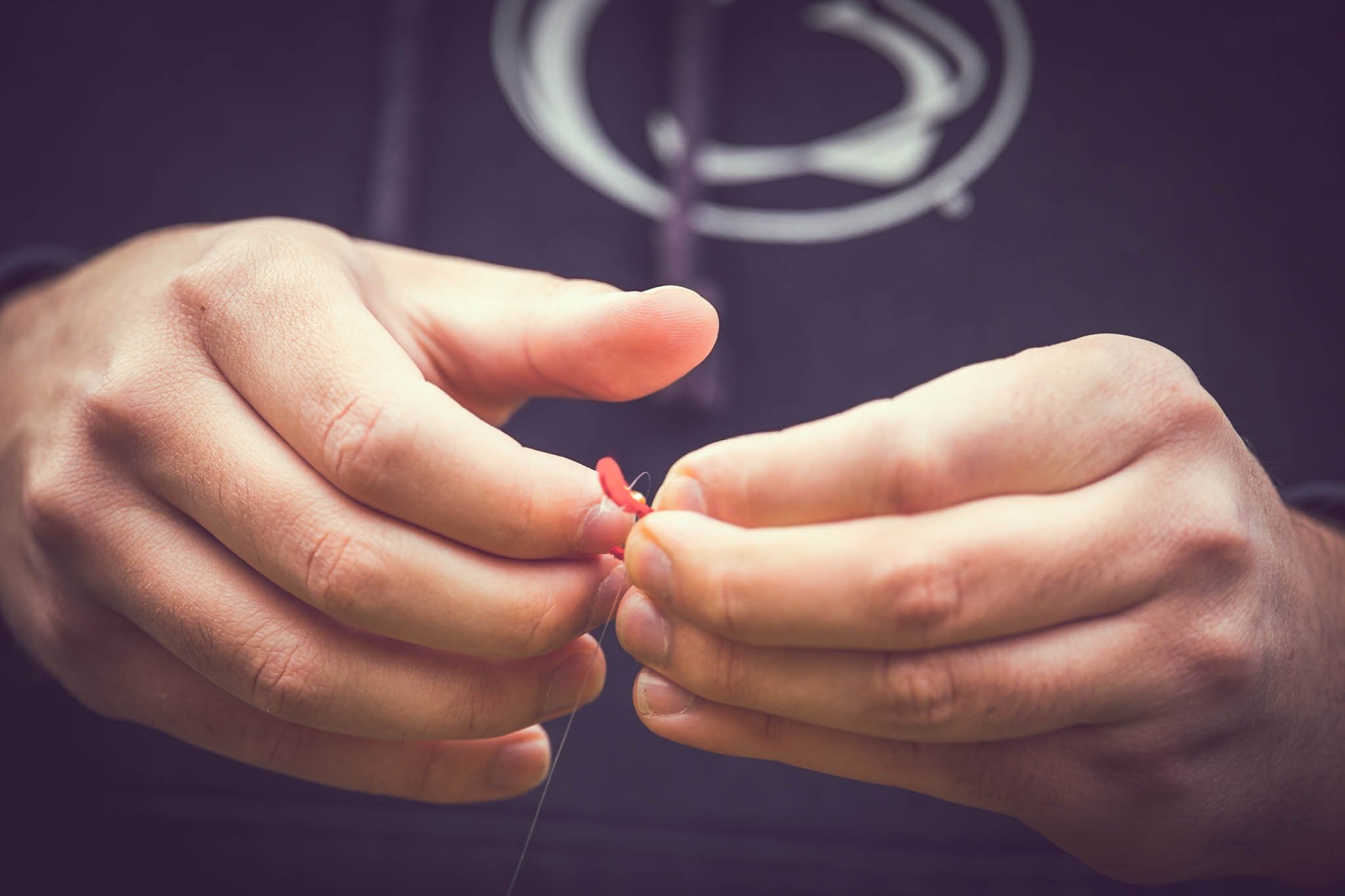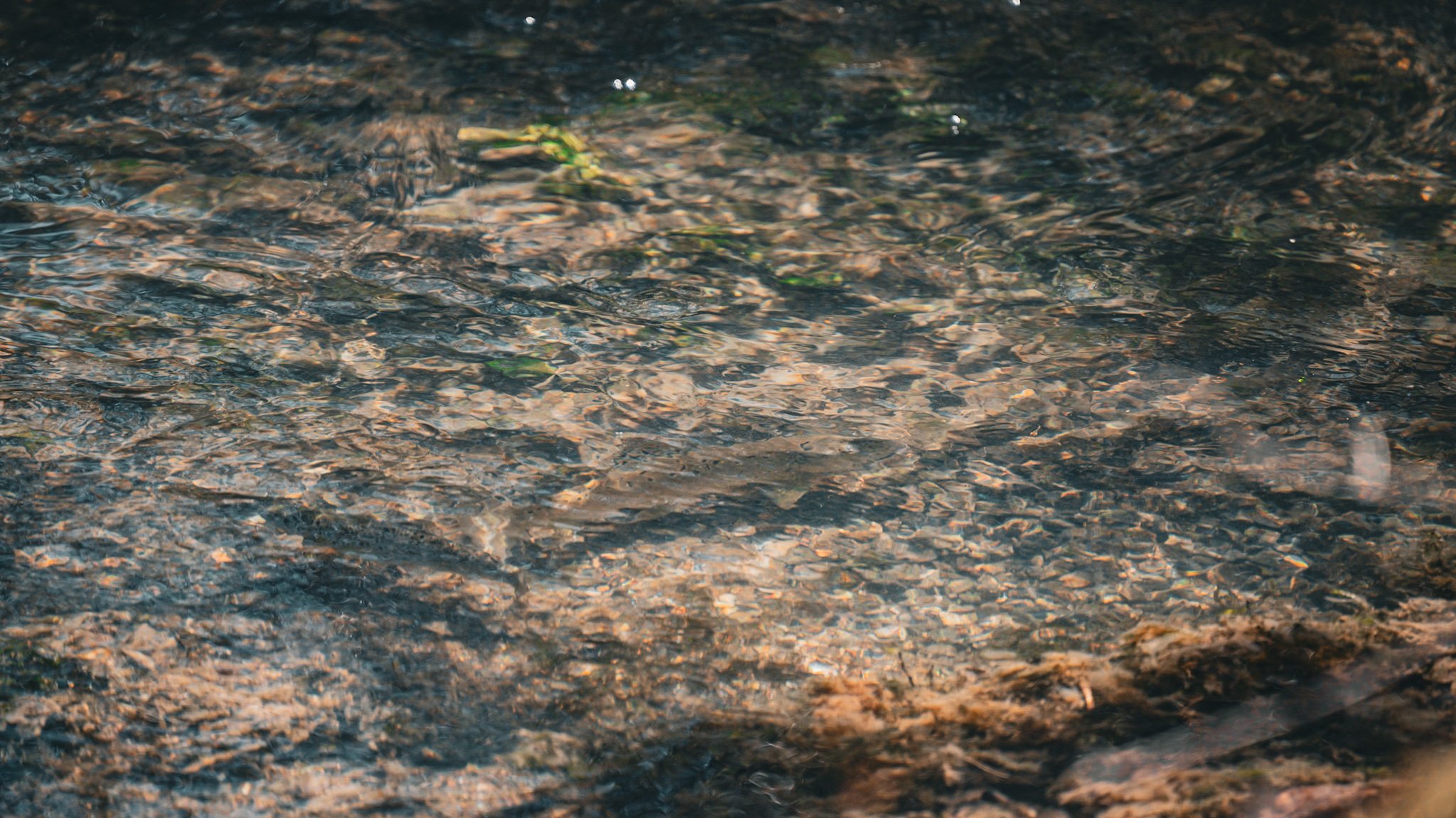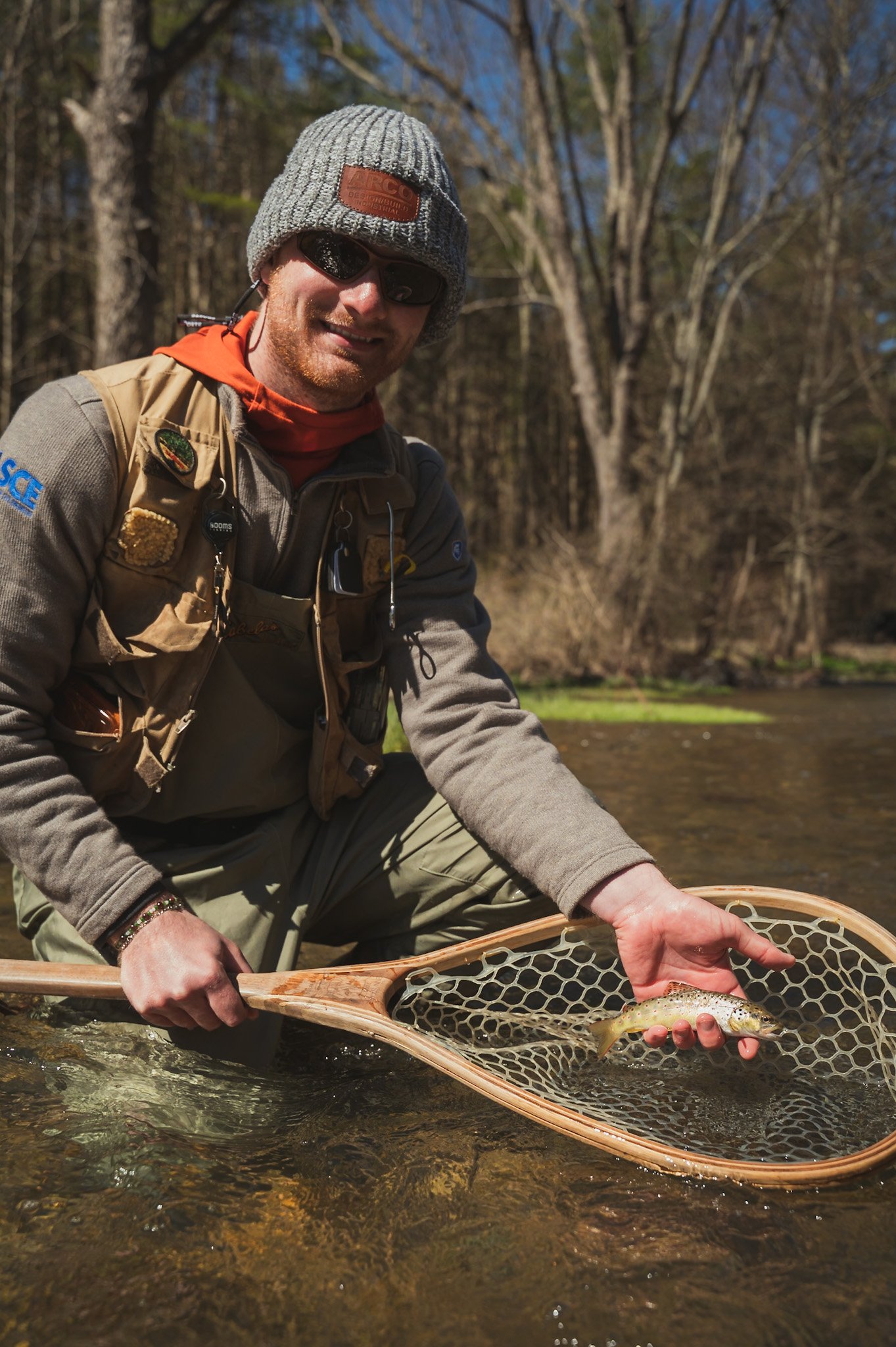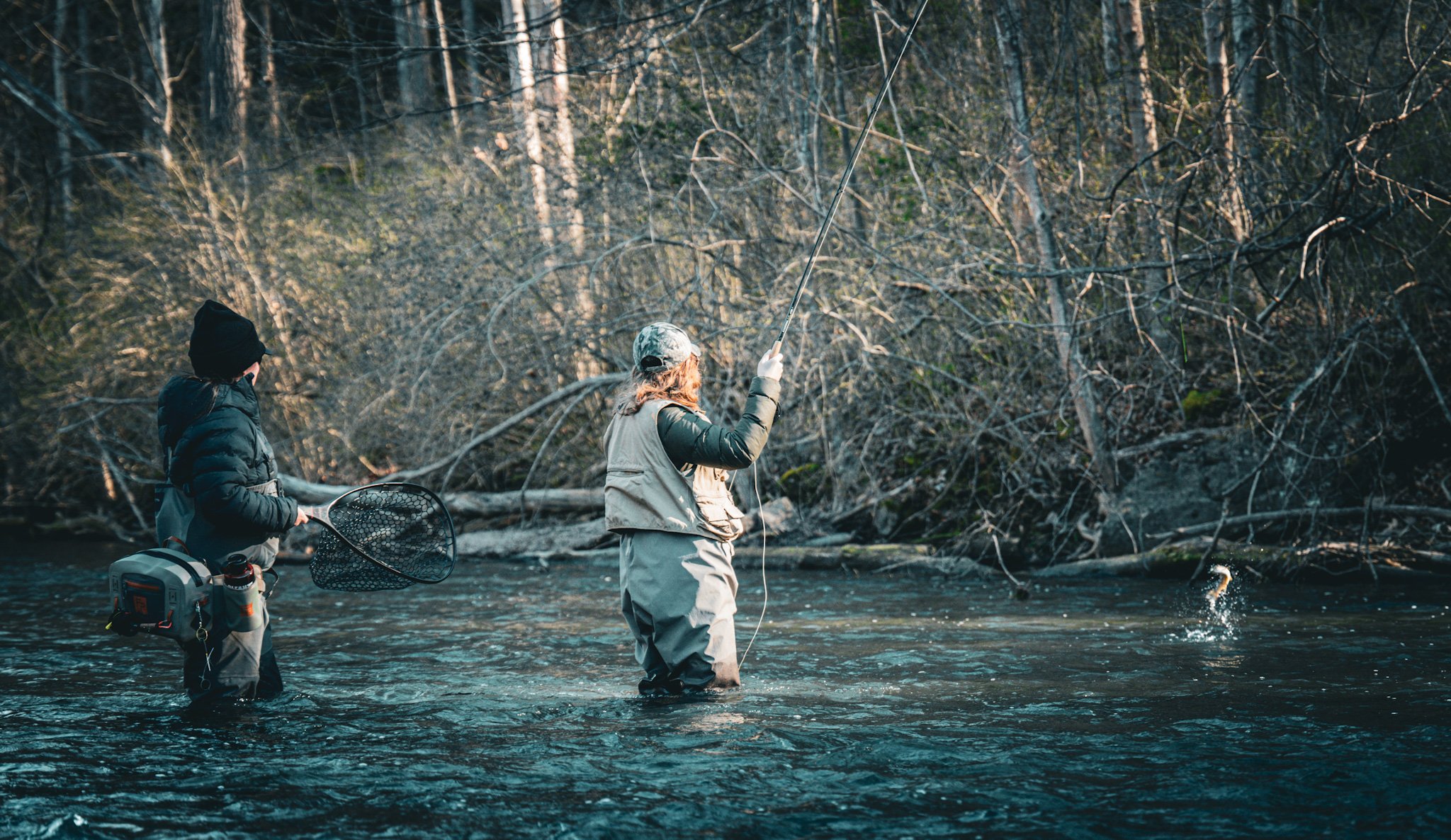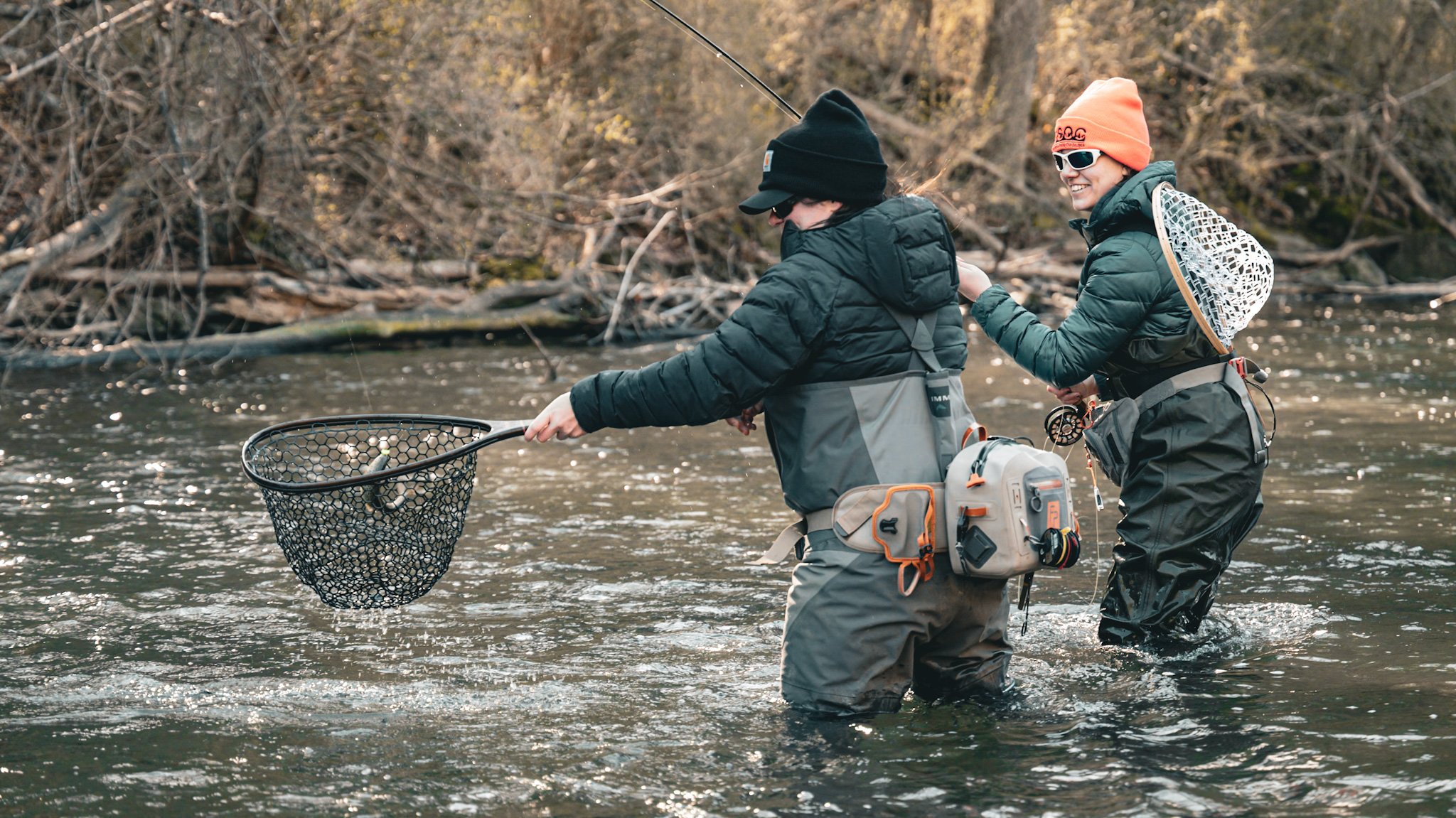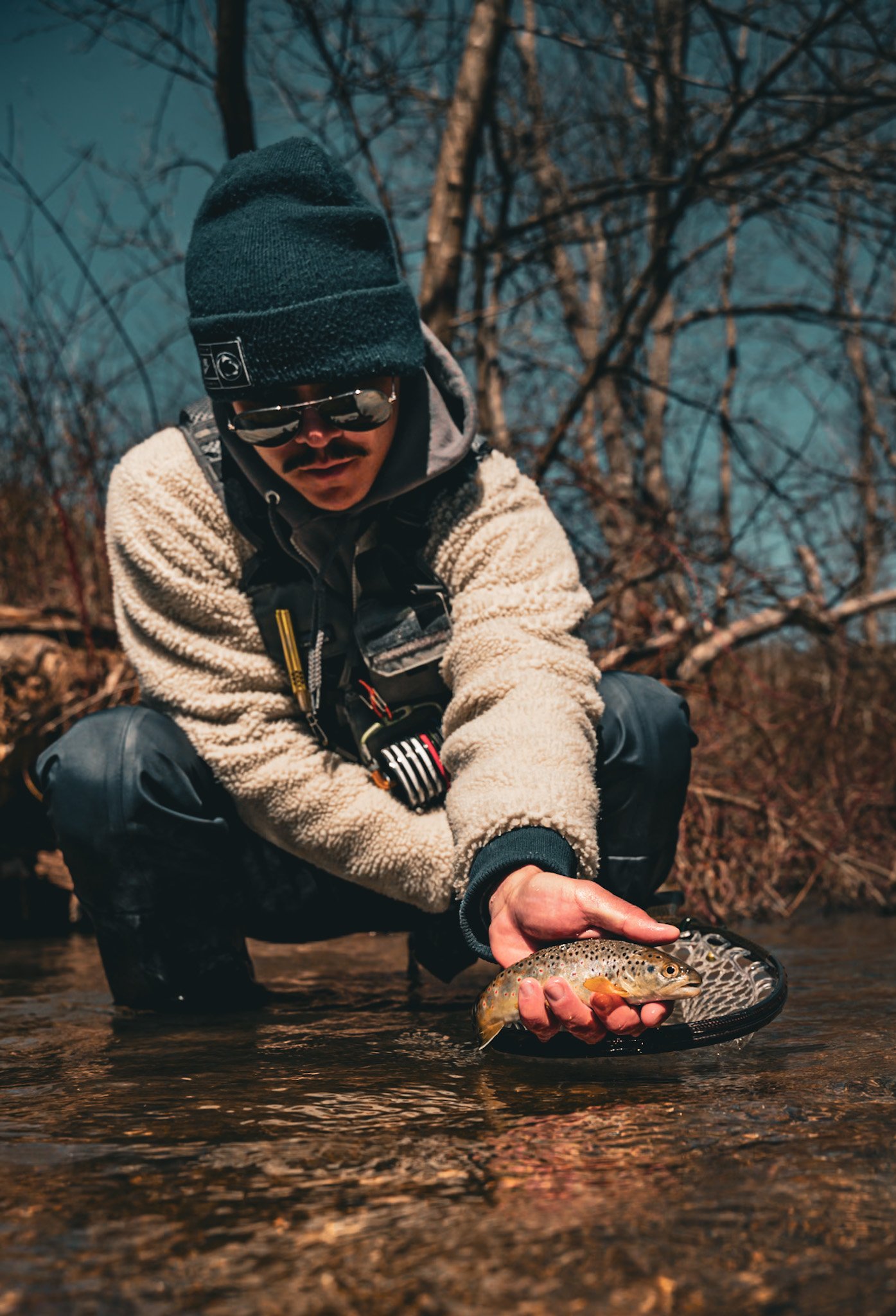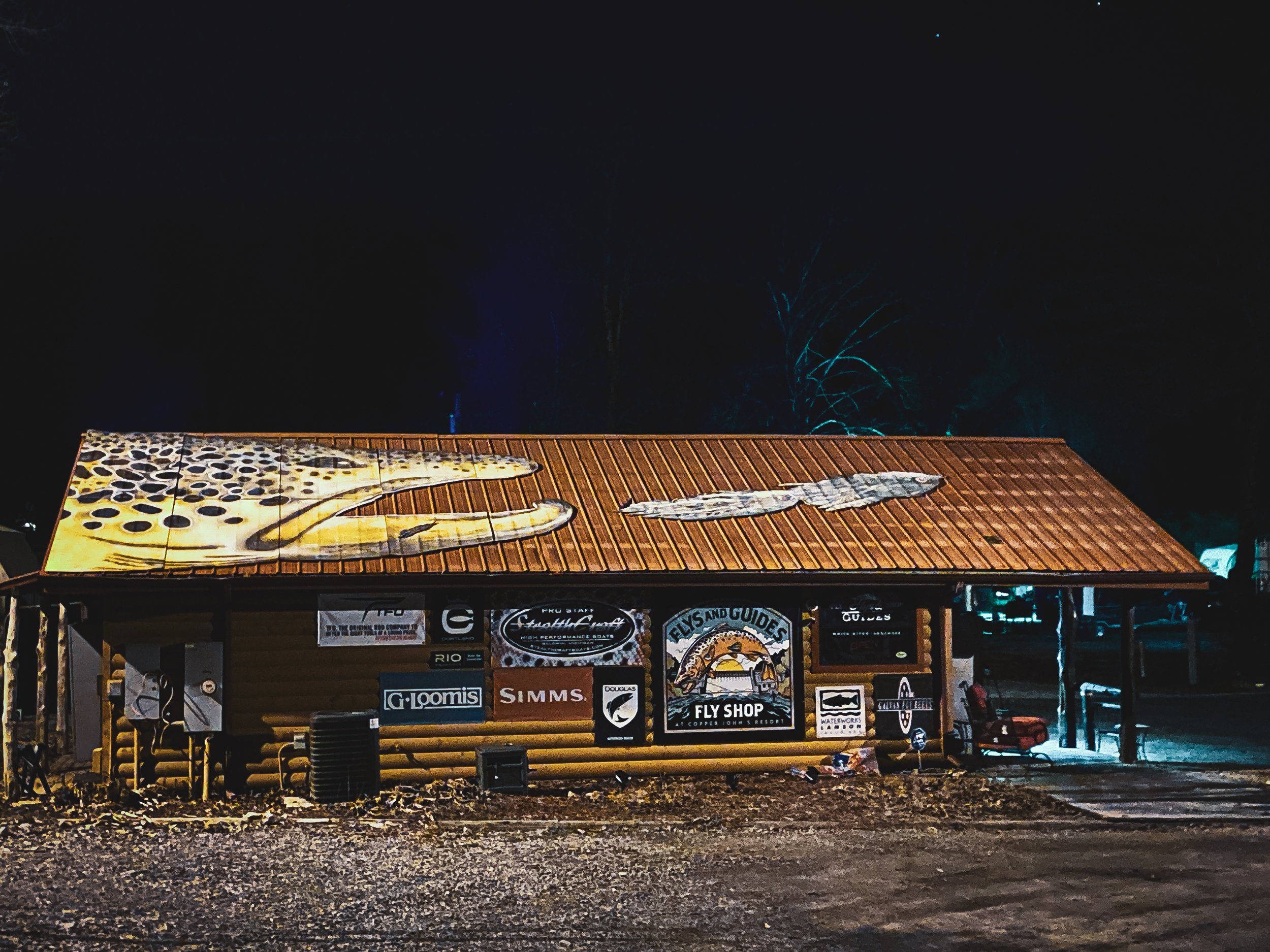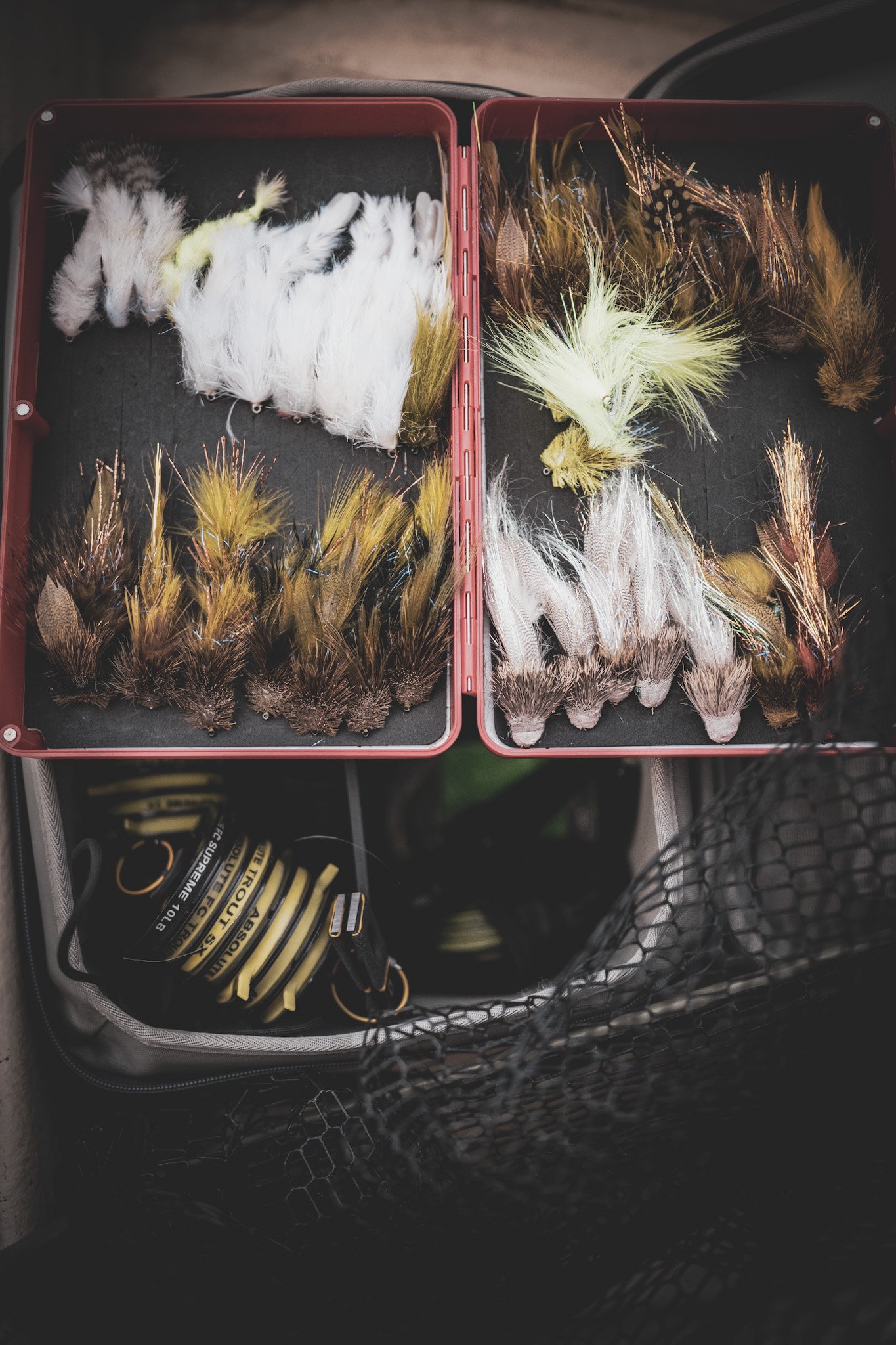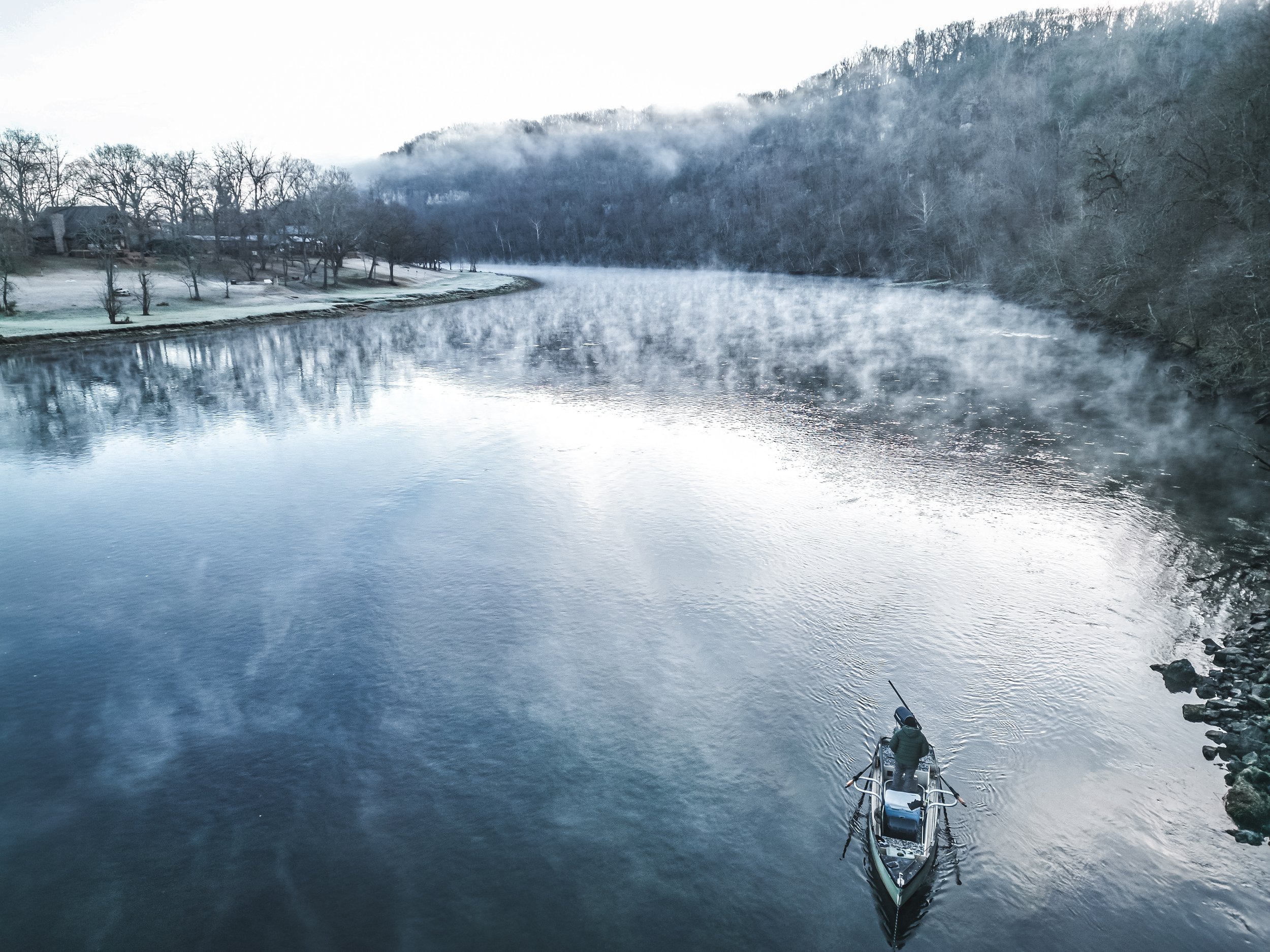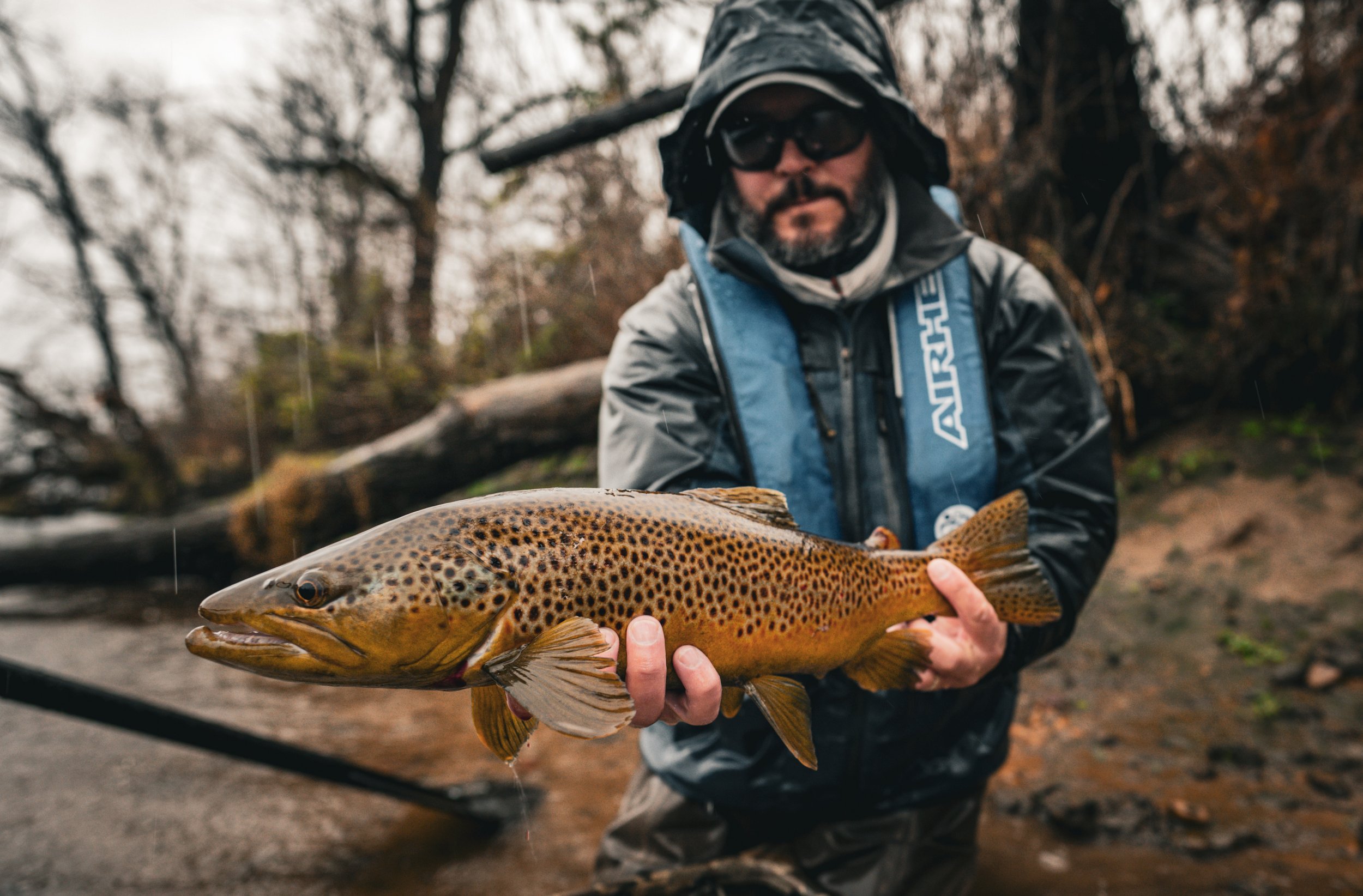It’s been a while since my last photo journal so I wanted to kick off the 2025 season with a Penn State Fly Fishing entry. Below are a few of my favorite captures during my time teaching the Joe Humphreys Fly Fishing program at Penn State in Fall 2024. If you do enjoy these essays, please let me know and I’ll continue to publish my fly fishing adventures (professional and personal) on a more frequent basis. Thank you for your continued support and I want to wish you the very best in 2025.
Sincerely,
George
Images below are from Fall KINES 04 courses in both classroom and in the field. The Joe Humphreys Fly Fishing Program ran 8 fly fishing sections during Fall 2024 semester while teaching fly fishing skills to approximately 180 students. This is a job I’ve wanted since age 13 and I hope I can continue teaching this course for years to come. It’s truly a honor to teach this historic course.
Even had the opportunity to work with the Nittany Lion. Photo by Michael Owens
Not mandatory but I enjoy seeing how some students carefully craft their fly fishing journals during the semester.
We’ve added field trips to local lakes in pursuit of bass and panfish to provide a well rounded fly fishing experience to our students.
When offering optional field trips during harsh weather…it’s easy to see who really wants to learn fly fishing.
Students are graded on a number of practical exams, including fly tying skills.
The Jesse Arnelle Fly Fishing Program is designed to introduce the wold of fly fishing to all PSU students.
Students soon realize trout like to hold in “difficult to get to” locations. Hence, learning the roll cast is an important tool for all students taking the fly fishing course.
Fisherman’s Paradise trail is truly a paradise for both trail enthusiasts and fly fishers.
The images below capture two field trips our KINES 93 students completed with TCO State College Fly Shop during Fall 2024.
Going through the tunnel and Poe Paddy
The amazing TCO State College guide staff after our Penns Creek trip.
Anthony looking for the “fly of the day.”
Cole rigging up
Harvest moon while driving home from a KINES 93 field trip
Wanted to end this entry with a great shot of my mentor and friend, Joe Humphreys who will soon be celebrating his 96th birthday. Thank you for taking the time to view this journal entry.









